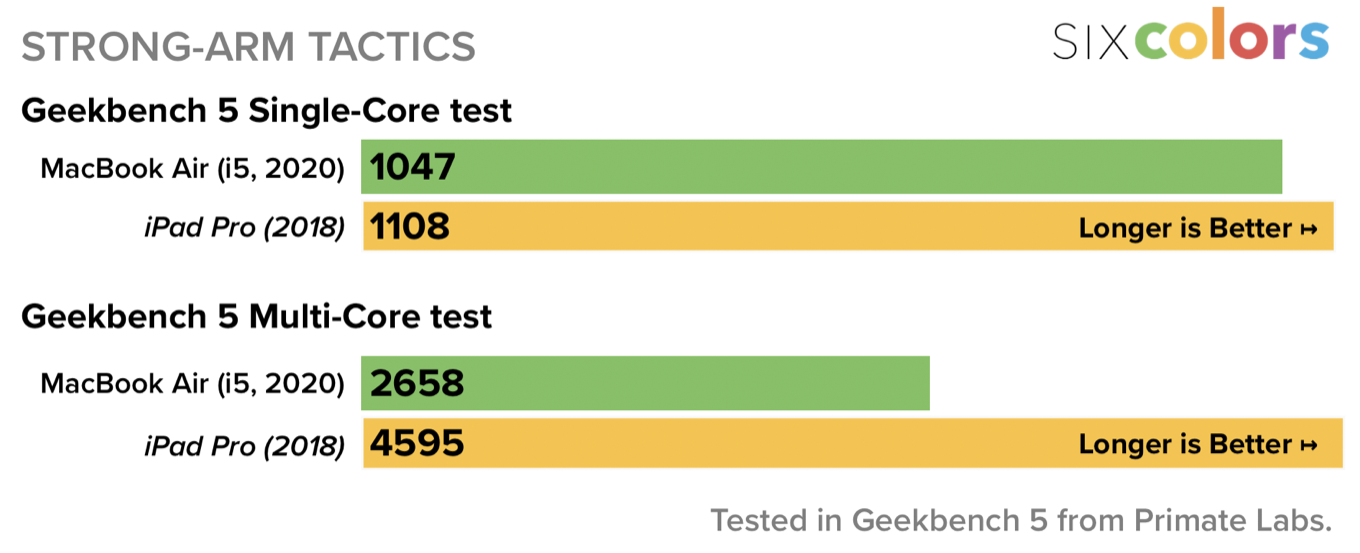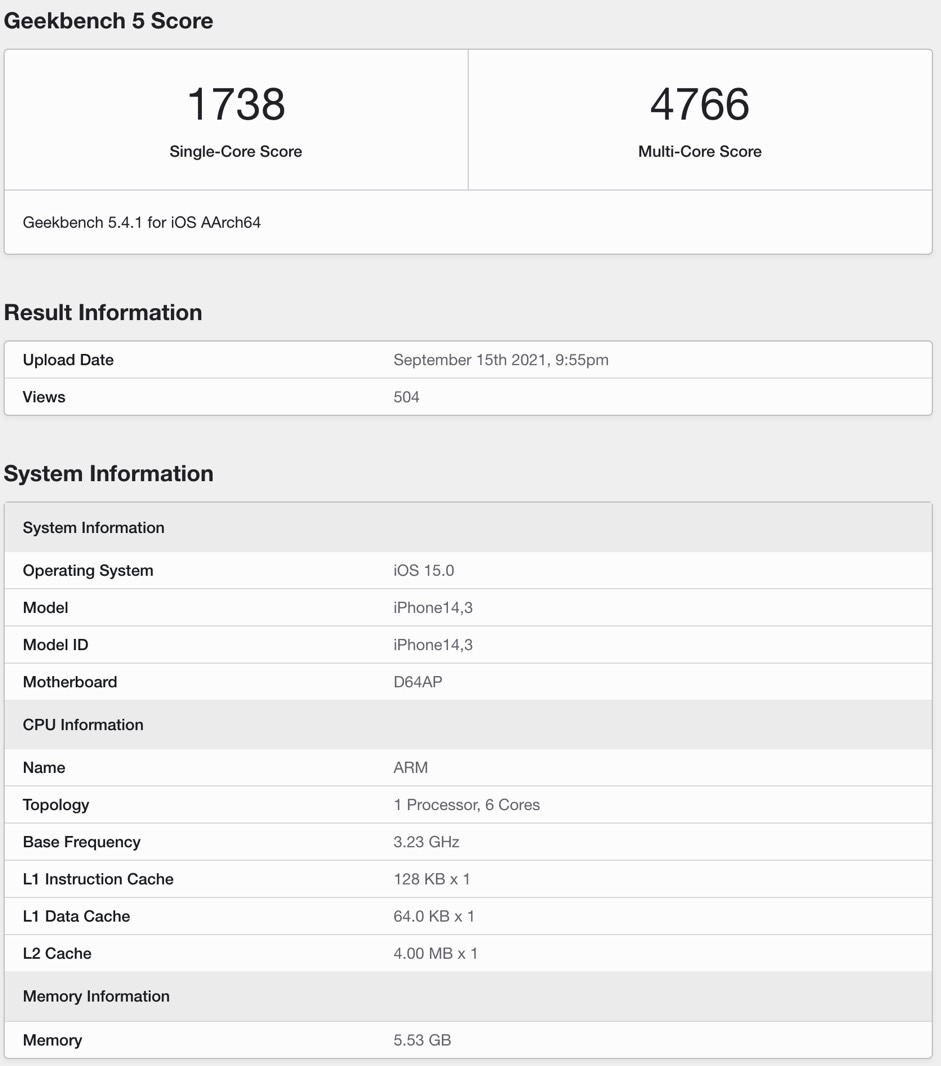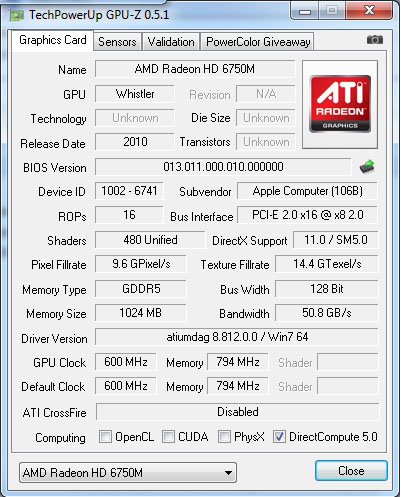

And this year, Apple has not only delivered on that request but vastly surpassed the competition in the laptop segment. A GPU that’s capable enough of competing with the likes of AMD and Nvidia. When Apple released the M1 chip last year, it garnered immense praise for its amazing performance, but many wished for a powerful GPU from Apple.

Now let’s move to GPU, where we have seen a multi-fold jump in performance. It has simply taken last year’s M1 and added more high-performing cores and the results speak for themselves. In the CPU department, I would say Apple has not done anything differently. We have shared in-depth benchmark scores in the latter half of the story. If we compare the scores with M1 Max’s recent Geekbench score (Single-core: 1745 and Multi-core: 12422), it shows the CPU jump is indeed true. The Apple M1 scores around 1700 in single-core tests and close to 7500 in multi-threaded tasks. And the same is reflected in Geekbench scores as well. And since the M1 Pro and M1 Max have the same CPU architecture, the 70% jump remains the same for the M1 Max too. According to Apple, the M1 Pro is 70% faster than last year’s M1 chip. Now, let’s talk about the CPU performance of all three chips.

From the architecture design itself, it seems Apple is getting more aggressive at squeezing the best performance out of its CPU cores. This year, both the M1 Pro and M1 Max come with 10 CPU cores (max) consisting of eight high-performance cores and two high-efficiency cores. The Apple M1 released last year had 8 CPU cores, of which four were high-performance cores and four were high-efficiency cores.
GEEKBENCH MACBOOK PRO COMPARISON MAC


 0 kommentar(er)
0 kommentar(er)
